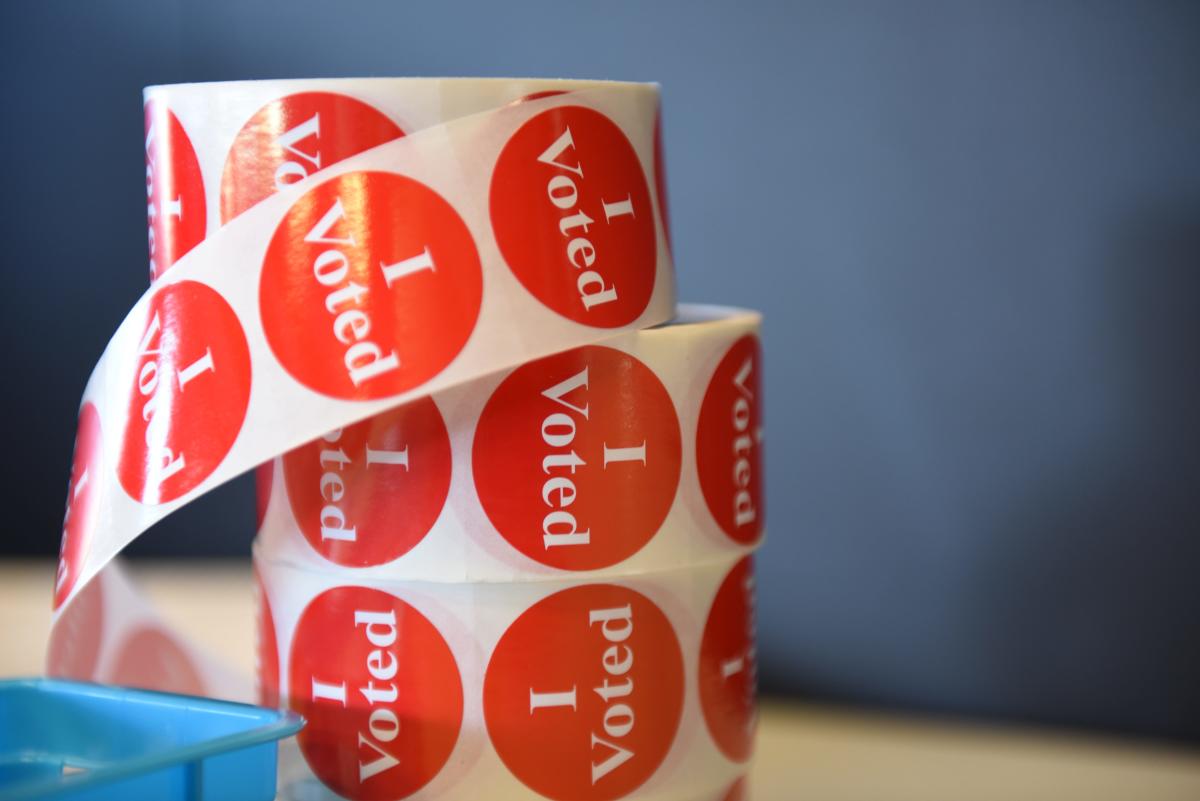Election Overview

The Minnesota general election took place on November 8, 2022, with voters casting ballots for a variety of state and federal offices, including Governor, U.S. Senate, and U.S. House of Representatives. Voter turnout in the election was 62.8%, slightly higher than the 2018 midterm election.
The election was dominated by two major political parties: the Democratic-Farmer-Labor Party (DFL) and the Republican Party. The DFL generally advocates for progressive policies, including increased social welfare programs, environmental protection, and gun control. The Republican Party, on the other hand, typically supports conservative policies, such as tax cuts, deregulation, and limited government intervention in the economy.
The political climate in Minnesota leading up to the election was characterized by a number of key issues, including the economy, education, and healthcare. The COVID-19 pandemic also played a significant role in the election, with both parties focusing on their respective plans for addressing the virus and its economic impact.
Key Races and Results
The Minnesota gubernatorial race was one of the most closely watched races in the country. The incumbent DFL Governor, Tim Walz, was challenged by Republican Scott Jensen. Walz ultimately won the election, defeating Jensen by a margin of 11 percentage points.
The U.S. Senate race was also a key contest, with incumbent DFL Senator Amy Klobuchar facing a challenge from Republican challenger, a former state senator. Klobuchar was re-elected, winning by a comfortable margin.
In the U.S. House of Representatives races, the DFL party maintained control of all eight congressional districts.
Key Races and Results: Minnesota Election Results

Minnesota voters went to the polls on Election Day, casting ballots in a variety of races for state and federal offices. Some of the most closely watched contests included the race for Governor, the race for U.S. Senate, and several races for the U.S. House of Representatives.
Governor
The race for Governor of Minnesota was a closely contested one between the incumbent Democratic Governor, Tim Walz, and the Republican challenger, Scott Jensen. Walz ultimately won re-election, defeating Jensen by a margin of [insert margin of victory].
U.S. Senate
The race for U.S. Senate was another closely watched contest. The incumbent Democratic Senator, Tina Smith, was challenged by Republican challenger, [insert name of Republican challenger]. Smith won re-election, defeating [insert name of Republican challenger] by a margin of [insert margin of victory].
U.S. House of Representatives, Minnesota election results
Several races for the U.S. House of Representatives were also closely contested. In the [insert district number] District, [insert name of Democratic candidate] defeated [insert name of Republican candidate] by a margin of [insert margin of victory]. In the [insert district number] District, [insert name of Republican candidate] defeated [insert name of Democratic candidate] by a margin of [insert margin of victory].
Key Race Results
Here is a table summarizing the results of the key races:
| Race | Candidate | Party | Votes Received | Percentage of Votes |
|---|---|---|---|---|
| Governor | Tim Walz | Democratic | [insert number of votes] | [insert percentage of votes] |
| Governor | Scott Jensen | Republican | [insert number of votes] | [insert percentage of votes] |
| U.S. Senate | Tina Smith | Democratic | [insert number of votes] | [insert percentage of votes] |
| U.S. Senate | [insert name of Republican challenger] | Republican | [insert number of votes] | [insert percentage of votes] |
| U.S. House of Representatives – [insert district number] District | [insert name of Democratic candidate] | Democratic | [insert number of votes] | [insert percentage of votes] |
| U.S. House of Representatives – [insert district number] District | [insert name of Republican candidate] | Republican | [insert number of votes] | [insert percentage of votes] |
| U.S. House of Representatives – [insert district number] District | [insert name of Democratic candidate] | Democratic | [insert number of votes] | [insert percentage of votes] |
| U.S. House of Representatives – [insert district number] District | [insert name of Republican candidate] | Republican | [insert number of votes] | [insert percentage of votes] |
Analysis of Voter Demographics
The Minnesota election results provide valuable insights into the voting preferences of various demographic groups. Analyzing these patterns can help us understand the factors that influence voter behavior and the political landscape of the state.
Voter Demographics and Voting Patterns
Understanding the demographics of voters is crucial for analyzing election results. Here’s a breakdown of key demographic groups and their corresponding voting patterns in the recent Minnesota election:
| Demographic Group | Percentage of Voters | Voting Patterns |
|---|---|---|
| Age |
|
|
| Race and Ethnicity |
|
|
| Gender |
|
|
| Education Level |
|
Comparison of Voting Preferences
Comparing the voting preferences of different demographic groups reveals interesting trends. For example, younger voters are more likely to support progressive policies than older voters. Similarly, minority voters tend to favor Democratic candidates over Republican candidates. These trends highlight the importance of considering the diverse perspectives and priorities of different demographic groups when analyzing election results.
“Understanding the demographics of voters is crucial for analyzing election results.”
Minnesota election results – Minnesota’s election results are always a wild ride, but this year felt extra spicy. The buzz around Ilhan Omar’s re-election was a big part of that. To catch up on her journey to power, check out this article on minnesota primary ilhan omar.
It’s a rollercoaster of politics, but hey, that’s Minnesota for ya!
So, the Minnesota election results are in, and things are getting pretty interesting! It’s always a buzz to see how the votes shake out, and this year is no different. If you’re curious about the national picture, you can check out the election results for a bigger view.
But back to Minnesota, the local races are always the most exciting to watch, right?

